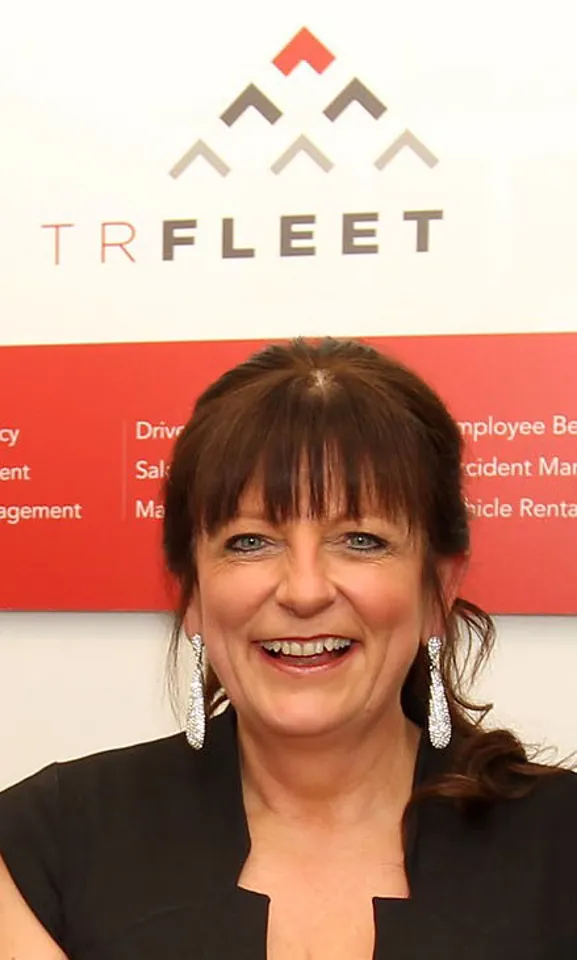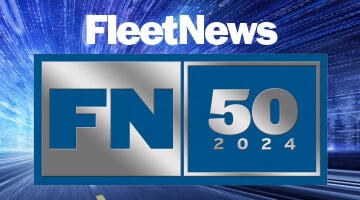Independent fleet management specialist TR Fleet has expanded overseas with the launch of TR Fleet Australia.
TR Fleet’s first overseas venture, which opens this month in Melbourne, aims to help companies throughout Australia and New Zealand to maximise safety, efficiency and cost savings in procuring and managing their employees’ vehicles.
With 85% of Australia’s population living on the eastern seaboard between Melbourne and Cairns, and its proximity to New Zealand, the new business, says the company, is ideally located to take advantage of sustained economic growth, a shift towards imported vehicle brands, and impending and anticipated changes to safety and tax legislation affecting fleet management.
The new business will be offering TR Fleet’s DriveSecure risk management tool to employers to enable them to comply with new Workplace Health and Safety (WHS) regulations that will come into effect in all Australian states by 2015.
The driver-centric tool, which TR Fleet will pay for out of the savings it makes in its vehicle procurement and cost reviews, collates data from the supply chain in order to alert employers to insurance and safety issues that they or their drivers need to address - from driver, licensing and policies checks to regular tyre pressure checks and eyesight tests.
The new venture is headed up by executive directors Mat Presney, who has 17 years’ experience in the Australian and UK automotive manufacturing, finance and fleet management sectors and Jeremy Sneddon, with over 20 years’ executive experience in the banking and finance sectors with a special emphasis on fleet management problem solving.
Julie Summerell (pictured), managing director of Coventry based TR Fleet, said: “This is a very exciting time for TR Fleet with the launch of this new venture in Australia and New Zealand, just as new health and safety regulations impose a greater administrative burden on employers.
“Together with safety compliance and greater efficiency, we deliver an average of 20% savings though choice of vehicles, fuel savings, funding costs and tax breaks, which funds the risk management.”
















Login to comment
Comments
No comments have been made yet.